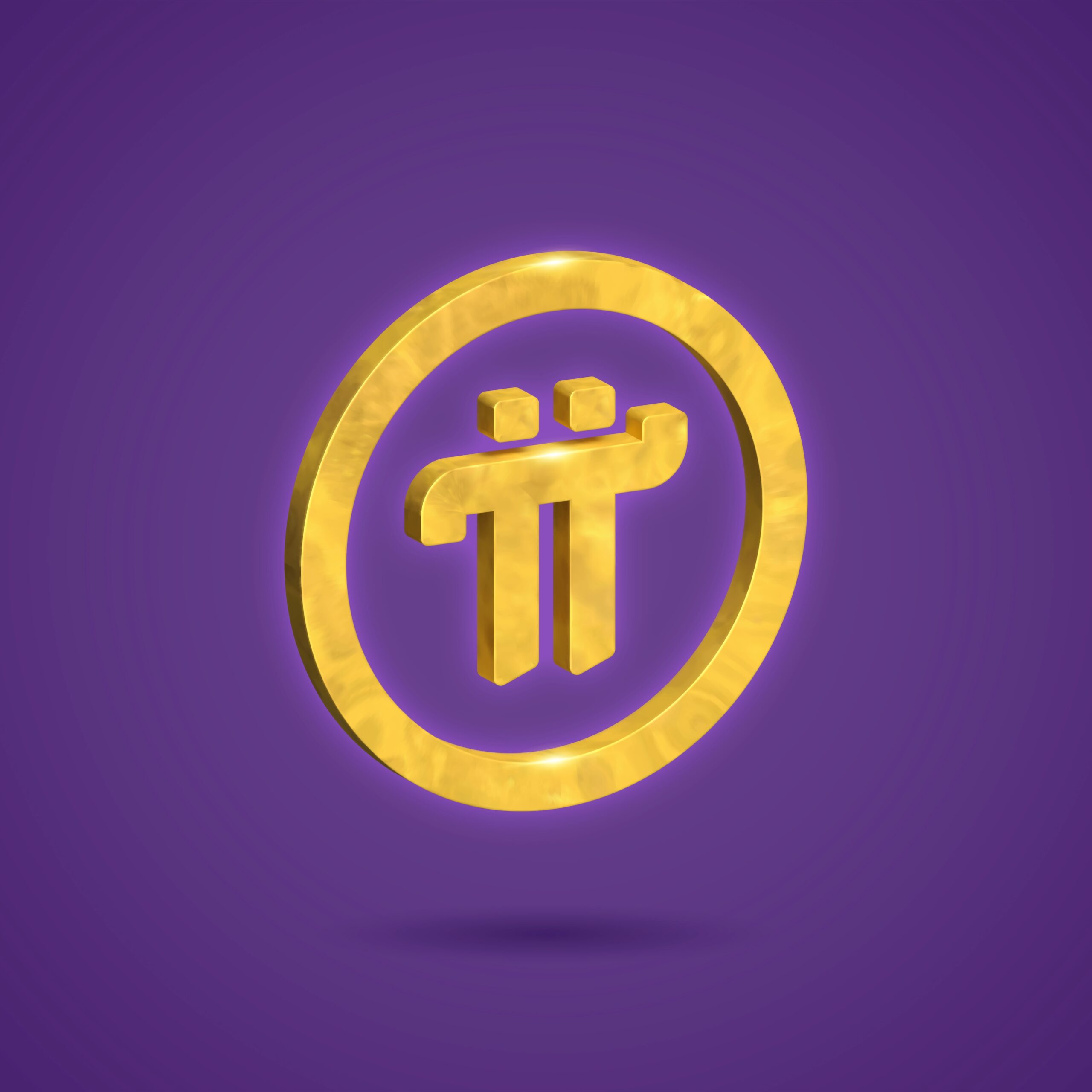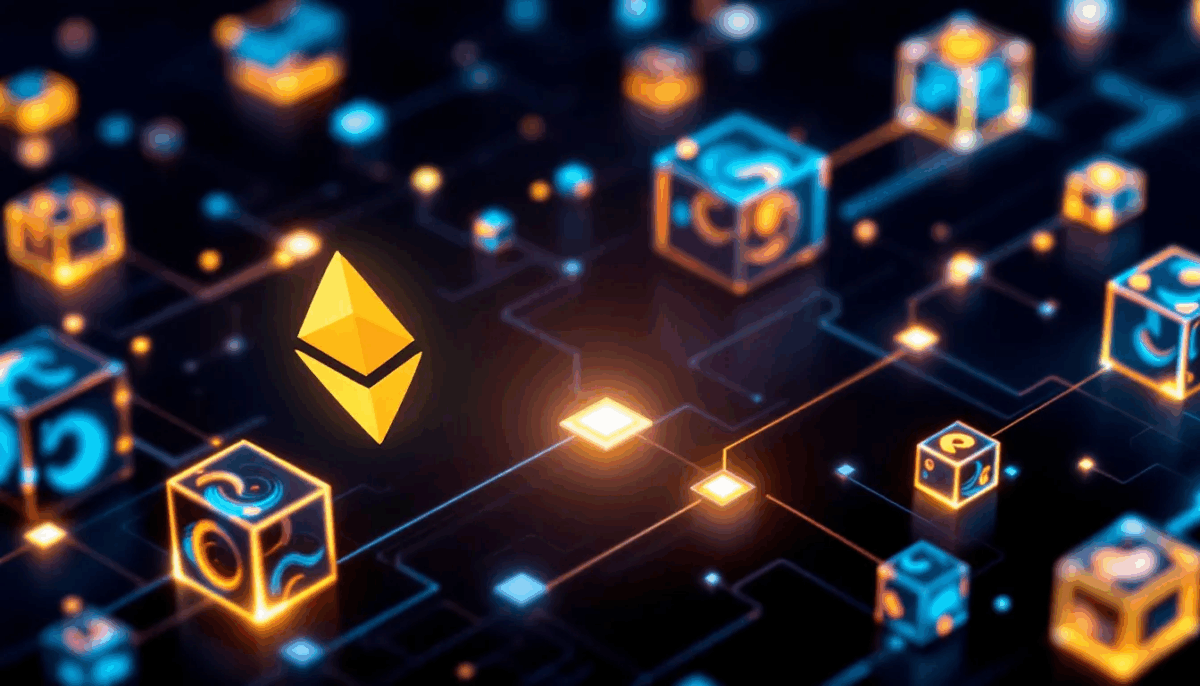The quest for blockchain adoption is gaining significant traction but high entry barriers to network participation poses a major challenge. To mine on existing blockchain networks, users must own very expensive supercomputers with high computational power. Only a handful can afford them and this exclusivity jeopardises the very essence of blockchains – decentralisation – and places network security at risk.
Pi Network presents itself as a viable solution. It aims to lower the entry barrier, encourage broad participation and promote decentralisation by allowing people to mine using their smartphones. As can be seen on their website, Pi is “the first digital currency you can mine on your phone”.
What is Pi Network?
Pi Network was developed by Stanford University researchers Nicolas Kokkalis and Dr Chengdiao Fan in 2018, with the Pi Network App launching on 14 March 2019. It is based on the Stellar Consensus Protocol (SCP) – a consensus mechanism developed to provide secure and decentralised consensus for the Stellar network.
What is Pi mining?
Mining on Pi Network is as simple as tapping a button on your phone once daily – supposedly as easy as that! Users can carry out mining activities via the Pi Network mobile application, which is available on Android and iOS through the following steps.
- Download the Pi Network app on Google Playstore for android or App store for iOS
- Create an account by inputting an invitation code (users can also proceed with account creation without a code)
- Verify account for security purposes
- Start mining by clicking on the lightning button.
Pi Network’s ecosystem features a tier-based user categorisation which aims to incentivise and reward users based on their level of engagement and contribution to the network. There are four categories of users on the Pi network. They are:
Pioneers (Miners): These are users who carry out mining activities on the Pi Network by tapping the lightning button. Pioneers are regarded as the foundation of the ecosystem because of their proactive role in mining. Currently, there are 47 million pioneers on the network – more than triple the 14 million it had in March 2021.
Contributors (Securers): Pioneers can become contributors on the Pi Network after three days of mining. Contributors enhance network security by adding other trustworthy users on the network to a group called the ‘security circle’.
Ambassadors (Distributors): Ambassadors play a crucial role in expanding the Pi Network by actively inviting new users to join. To reward their efforts in network growth, ambassadors receive an attractive incentive. For each new user that registers using their unique referral code, ambassadors enjoy a substantial 25% boost in their earnings. This incentivised system encourages ambassadors to enthusiastically promote the Pi Network and contribute to its continued expansion.
Nodes (Validators): These are users that run a Pi node software on their computer. They are responsible for validating transactions and maintaining a common consensus.
What is Pi coin (PI)?
Pi Coin (PI) is the native cryptocurrency of Pi Network, and as of today, Pi coin has no definite value and is not tradable on any exchange.
This has however not stopped unauthorised Pi Coin listings and over-the-counter trades at speculative prices.
At some point, CoinMarketCap’s page reflected a price of $0.007077 for Pi Coin. Currently, it shows a value of $24.
A disclaimer above the Pi Coin chart on CoinMarketCap however clarifies that the prices reflect the value of the IOUs and is not transferable across exchanges. IOUs (I owe you) are often used to speculate on the potential value of a cryptocurrency before its mainnet launch or when a token is not yet fully tradable.
The large price discrepancy of Pi Coin across several exchanges has led to further confusion about what its price will be when the mainnet is eventually launched. Hotcoin, Huobi and Bitmart reflect prices ranging from $21 to $24 while Biconomy, XT.com and SuperEx reflect a modest $0.7 to $3 range.
Is Pi Network safe or a scam?
Many users have raised concerns about the authenticity and legitimacy of the Pi Network, particularly when comparing its infrastructure to that of conventional blockchains. One key difference is that conventional blockchains rely on miners to validate transactions through the solving of complex mathematical problems.
However, as of now, the Pi Network does not have an existing blockchain, which raises doubts about the need for miners in the network.
The prolonged release of Pi Network mainnet has done little to quell doubts. Rather, the team released an enclosed mainnet which includes a firewall to limit external connectivity. They explained that the objective was to ensure the development of a robust network and functional utilities prior to transitioning to an open mainnet that allows external connections.
A lot of uncertainty surrounds the realisation of Pi Network’s mainnet and potential rewards for its faithful users. However, if the mainnet fails to materialise, participants will not experience any financial losses. Pi Network enthusiasts are encouraged to prioritise their time based on their belief in the project and maintain an open mindset regarding the eventual outcome.
Speaking with CoinNews, Terrence Ribaudo, prominent crypto analyst and founder of Launchpad.xyz, shared his thoughts on the Pi Network. He acknowledged Pi Network’s potential for significant impact in the space, but advised users to exercise caution and be wary.
“The Pi Network’s technical claims could be world-changing, but with all highly technical offerings – buyer beware. Unless you have the appropriate level of expertise it is very hard to ascertain the viability of this platform – better to wait and see in my opinion,” said Ribaudo.
Multi-level marketing allegations
Pi Network’s model shares striking similarities with multi-level marketing scams where participants earn commissions not only from their own sales but also from the sales of individuals they recruit. It is however arguable that there are no financial investments by market entrants and that they are not required to make any sales.
An in-depth analysis however reveals that founders could be benefitting from the input of network users, who are clinging on to the hope that their Pi coins will become valuable someday. There have been allegations that the founders of Pi Network are extensively monetising the platform’s large user base through advertisements.
While generating money through ads is not inherently problematic, concerns have arisen that this could be the primary strategy of the team, potentially overshadowing the development of the promised mainnet.
Pi Network news
Today 28 June is so-called Pi2Day that aims to “acknowledge the growth, excitement and momentum Pi Network is achieving with its community for the future”.
Conclusion
There are many questions surrounding Pi that have yet to be answered. Whether or not Pi crypto is a scam remains to be seen. Watch this space.
FAQs
When is Pi Network launch date?
According to a section in the Pi Network’s whitepaper, the removal of the firewall in their Enclosed Mainnet is anticipated to occur on 28 June. Speculations have arisen suggesting that today may mark the launch of Pi Network’s long-awaited mainnet. However, it is important to note that no official announcement has been made regarding this development at present.
Who created Pi Network?
Pi Network was created by Nicolas Kokkalis and Dr Chengdiao Fan in 2018.
Is Pi Network legit or not?
Pi Network requires no financial investment from users, even though its operational model is questionable. As a result, it may be premature and unfounded to label it as a scam. It is however advisable for users to approach it with caution and manage their expectations accordingly.


